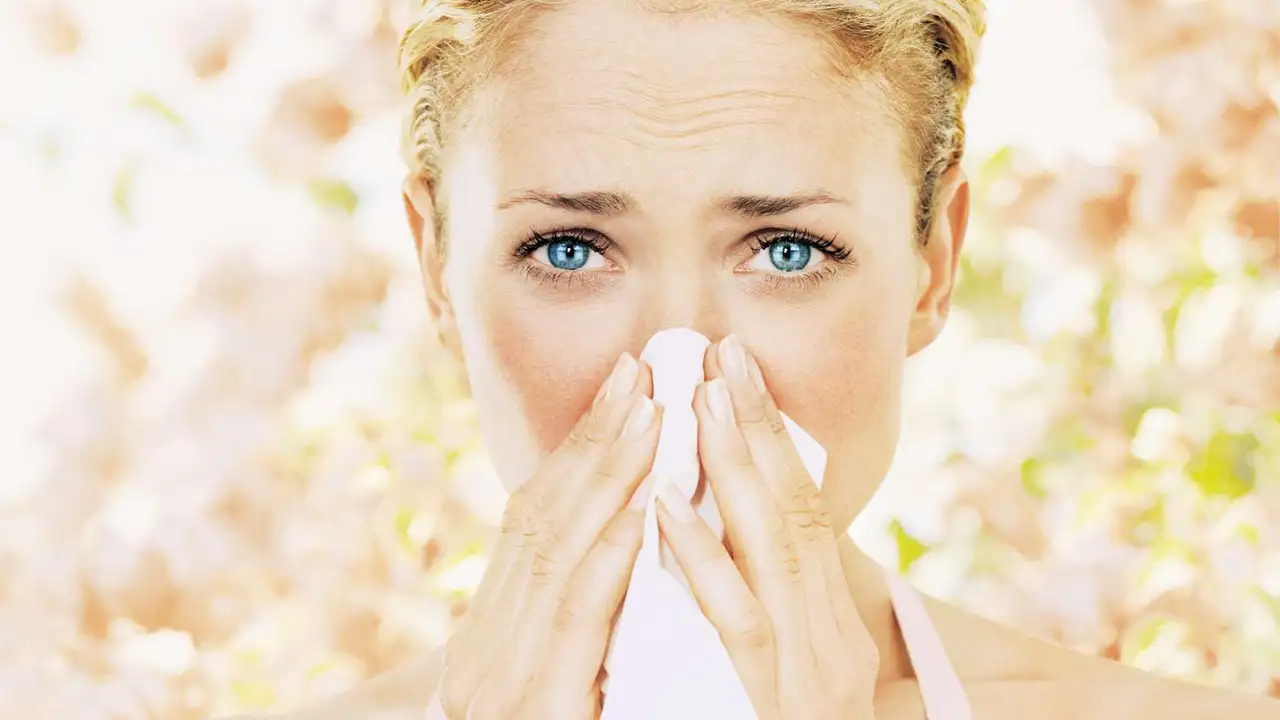High Eye Pressure: What It Is and How to Keep It in Check
If your eye doctor ever mentions "high eye pressure," they’re talking about a number that’s higher than normal inside your eye. That number, measured in millimeters of mercury (mmHg), tells how hard fluid is pushing against the eye’s walls. When it climbs above 21 mmHg, doctors call it ocular hypertension. Most people don’t feel anything, but if left unchecked it can damage the optic nerve and lead to glaucoma.
Why High Eye Pressure Happens
Pressure builds when fluid called aqueous humor doesn’t drain properly. The eye makes this fluid continuously; a tiny drainage system usually clears it out. Anything that blocks or slows that pathway – like clogged tiny channels, inflammation, or certain medicines – can raise the pressure. Family history plays a big role too: if your parents had high eye pressure or glaucoma, you’re more likely to see higher numbers.
How Doctors Find Out and What You Can Do
The test is quick. During an appointment, the doctor uses a puff of air or a tiny probe to measure pressure – called tonometry. It’s painless and takes just seconds. If your reading is high, the next step is usually more detailed imaging to see if any nerve damage has started.
Even if you don’t need prescription drops yet, there are everyday habits that help keep pressure down:
- Stay active. Regular walks or light cardio improve blood flow and may aid fluid drainage.
- Watch your caffeine. Too much coffee or energy drinks can spike eye pressure for a short time.
- Eat a balanced diet. Foods rich in leafy greens, omega‑3 fats, and low in sodium support overall eye health.
- Protect your eyes. Wearing sunglasses reduces UV exposure that can worsen ocular issues over years.
If lifestyle tweaks aren’t enough, doctors often start with prescription eye drops. These work by either decreasing fluid production or improving drainage. Common names you might hear are prostaglandin analogs (like latanoprost) and beta‑blockers (like timolol). Most people adjust well to them, but you should report any redness, stinging, or vision changes right away.
When pressure stays high despite drops, a laser procedure called trabeculoplasty can open up the drainage angle. In rare cases, surgery creates a new pathway for fluid to exit. Those options are usually last‑resort after medicines and lasers have been tried.
Bottom line: high eye pressure often has no symptoms, so regular check‑ups are key. If you’re over 40, have a family history of glaucoma, or take steroids, ask your eye doctor about an annual tonometry test. Catching the issue early gives you plenty of tools – from simple lifestyle changes to modern meds – to keep your vision safe.
High Eye Pressure and Seasonal Allergies: Tips for Relief
Hey guys, this post is all about the connection between high eye pressure and seasonal allergies. I'll share some great tips for relief, so stick around if this has been troubling you. We'll delve into understanding why allergies can cause this condition and what you can do to prevent it or at least minimize its impact. Remember, taking care of our eyes is incredibly important, so getting ahead of these issues can really make a difference. Let's unpack this.
